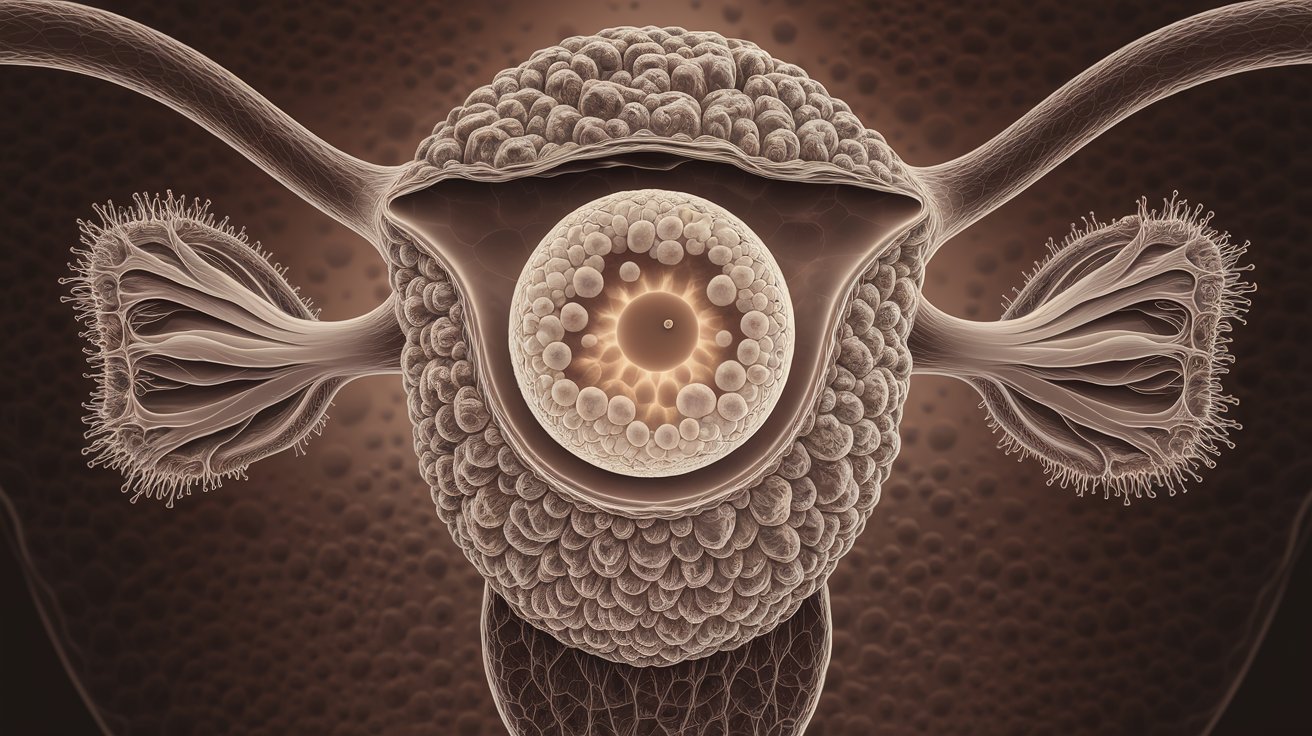
Oocytes, also known as egg cells, are the female reproductive cells crucial for sexual reproduction. These cells are fascinating and complex, playing a vital role in the creation of new life. Did you know that oocytes are among the largest cells in the human body? They are packed with nutrients and genetic material necessary for the development of an embryo. Oocytes undergo a unique process called meiosis, which reduces their chromosome number by half, ensuring genetic diversity. From their formation in the ovaries to their release during ovulation, these cells have a remarkable journey. Understanding oocytes can provide insights into fertility, genetics, and even certain medical conditions. Ready to learn some intriguing facts about these incredible cells? Let's dive in!
What is an Oocyte?
An oocyte is a female germ cell involved in reproduction. In simpler terms, it's an egg cell that, when fertilized by a sperm cell, can develop into an embryo. Let's dive into some fascinating facts about oocytes.
- Oocytes are the largest cells in the human body, measuring about 100 micrometers in diameter.
- Women are born with all the oocytes they will ever have, approximately 1 to 2 million.
- By puberty, the number of oocytes decreases to around 300,000 to 400,000.
- Only about 400 to 500 oocytes will mature and be released during a woman's reproductive years.
- The process of oocyte development and maturation is called oogenesis.
Oocyte Development and Maturation
Understanding how oocytes develop and mature can shed light on their crucial role in reproduction.
- Oogenesis begins before a female is born, during fetal development.
- Oocytes are arrested in the prophase stage of meiosis I until puberty.
- Each menstrual cycle, a few oocytes resume meiosis, but usually, only one reaches full maturity.
- The mature oocyte completes meiosis I and arrests again in metaphase II until fertilization.
- If fertilization occurs, the oocyte completes meiosis II, forming a zygote.
The Role of Hormones in Oocyte Maturation
Hormones play a significant role in the maturation and release of oocytes.
- Follicle-stimulating hormone (FSH) stimulates the growth of ovarian follicles containing oocytes.
- Luteinizing hormone (LH) triggers ovulation, the release of a mature oocyte from the ovary.
- Estrogen produced by growing follicles helps regulate the menstrual cycle and prepare the uterus for potential pregnancy.
- Progesterone, produced after ovulation, supports the uterine lining for implantation of a fertilized oocyte.
- Hormonal imbalances can affect oocyte quality and fertility.
Oocyte Quality and Fertility
The quality of oocytes is crucial for successful fertilization and healthy embryo development.
- Oocyte quality declines with age, particularly after the age of 35.
- Lifestyle factors such as smoking, excessive alcohol consumption, and poor diet can negatively impact oocyte quality.
- Certain medical conditions, like polycystic ovary syndrome (PCOS), can affect oocyte development and quality.
- Assisted reproductive technologies (ART) like in vitro fertilization (IVF) can help overcome some fertility issues related to oocyte quality.
- Oocyte cryopreservation (egg freezing) allows women to preserve their oocytes for future use.
Genetic Material in Oocytes
Oocytes carry half of the genetic material needed to form a new individual.
- Human oocytes contain 23 chromosomes, half the number found in most body cells.
- The genetic material in oocytes is a mix of DNA from the woman's parents, ensuring genetic diversity.
- Mitochondria, the cell's energy producers, are inherited exclusively from the mother through the oocyte.
- Genetic mutations in oocytes can lead to inherited disorders or developmental issues in offspring.
- Preimplantation genetic testing (PGT) can screen oocytes or embryos for genetic abnormalities before implantation.
Oocyte Research and Future Prospects
Oocyte research continues to advance our understanding of fertility and reproductive health.
- Scientists are exploring ways to improve oocyte quality and extend reproductive lifespan.
- Research on oocyte rejuvenation aims to reverse age-related decline in oocyte quality.
- Advances in gene editing technologies like CRISPR offer potential for correcting genetic defects in oocytes.
- Studies on oocyte development in vitro could lead to new fertility treatments and preservation methods.
- Understanding oocyte biology helps address infertility issues and improve reproductive health outcomes.
Final Thoughts on Oocytes
Oocytes, or egg cells, are fascinating. They play a crucial role in reproduction. These cells are not just vital for creating life but also hold potential for medical advancements. From their formation in the ovaries to their journey during ovulation, oocytes are central to understanding human biology.
Knowing about oocytes can help in fields like fertility treatments and genetic research. They offer insights into how life begins and how we can tackle reproductive health issues.
So, next time you think about the start of life, remember the humble oocyte. It’s more than just a cell; it’s a gateway to understanding our origins and future possibilities. Keep exploring, stay curious, and appreciate the wonders of biology.
Was this page helpful?
Our commitment to delivering trustworthy and engaging content is at the heart of what we do. Each fact on our site is contributed by real users like you, bringing a wealth of diverse insights and information. To ensure the highest standards of accuracy and reliability, our dedicated editors meticulously review each submission. This process guarantees that the facts we share are not only fascinating but also credible. Trust in our commitment to quality and authenticity as you explore and learn with us.
